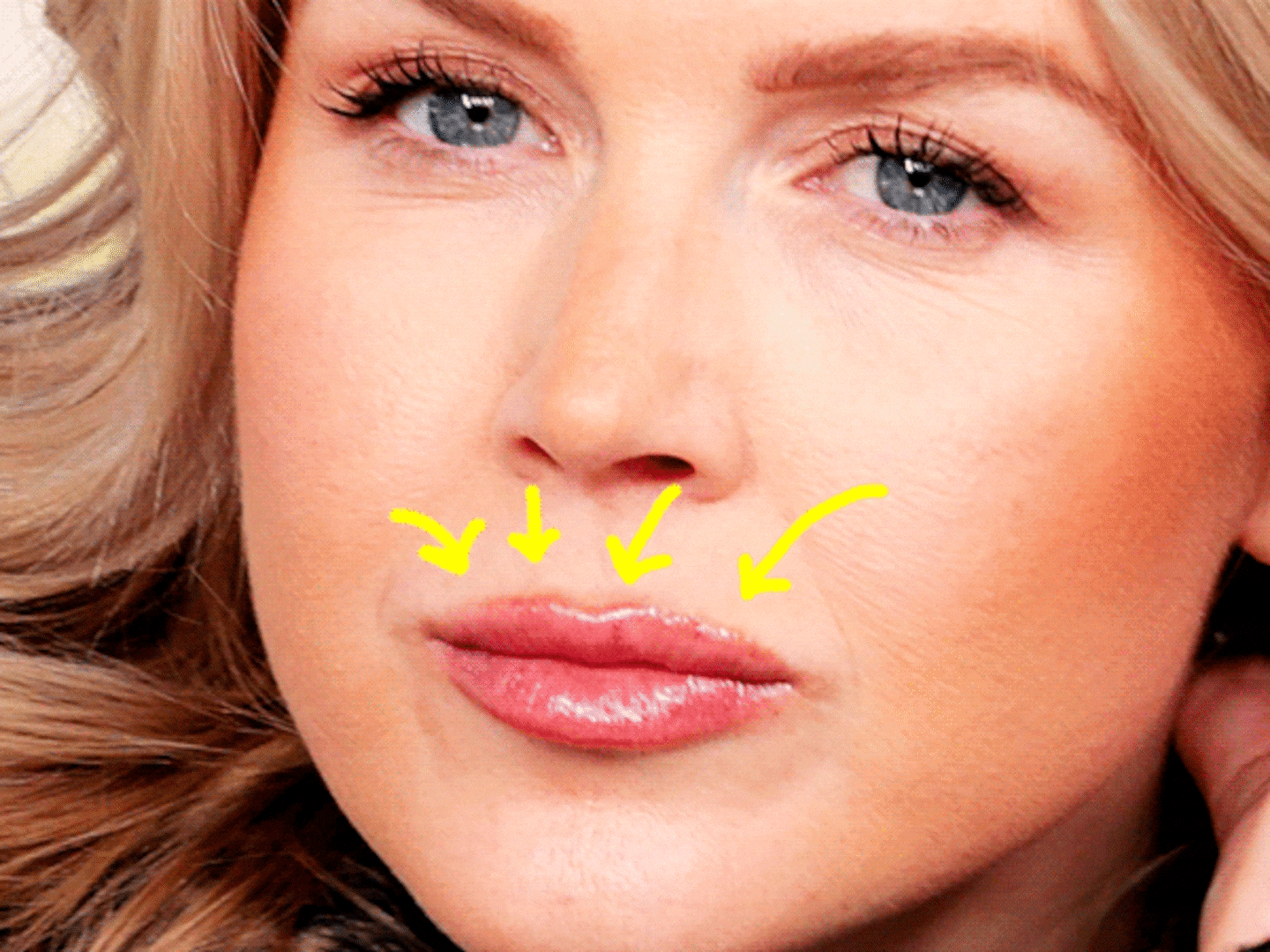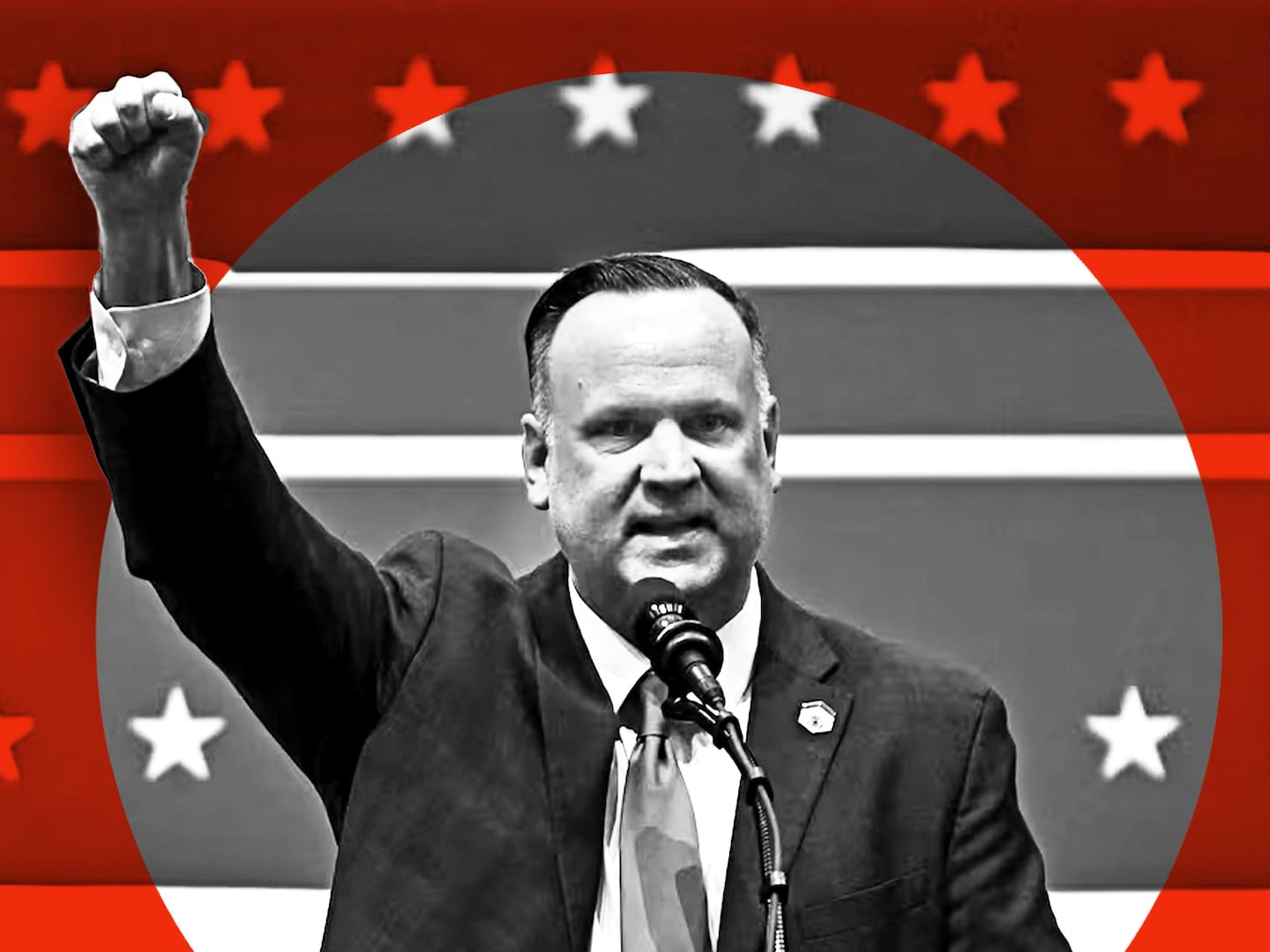Few of the Obama administration’s economic policy choices were more derided—by the left and right—than its mortgage-modification plans. The centerpiece of its foreclosure prevention policy, HAMP, was announced in early 2009 and promised to give money to banks to help modify between three and four million mortgages. Doing so would make it easier for homeowners to avoid foreclosure. More than four years later, there have been just 1.2 million permanent modifications (PDF).
Another component of the administration’s housing policy was HARP, the Home Affordable Refinance Program. HARP was aimed at letting homeowners who are underwater—living in homes that are less valuable than the outstanding mortgage—prepay their current mortgage and refinance into a lower-rate loan. If a homeowner’s mortgage was purchased by Fannie Mae or Freddie Mac before a certain date and the owner remained current on the mortgage, the idea was that the borrower could get a new loan at the lower prevailing rate. The program was designed to help homeowners who were the worst hit by the collapse in home values save on their monthly mortgage payments and take advantage of low rates.
A government program was necessary, because banks typically won’t refinance underwater owners. And as a result, the record-low mortgage rates weren’t trickling down to struggling homeowners.
But HARP has hardly been melodious. Through March 2012, HARP was only permitted to refinance mortgages that were up to 125 percent of the value of a home. But changes to the program, which were announced in October 2011 and took effect in March 2012, eliminated the loan-to-value cap, got rid of some fees, and extended the program’s life from December 31, 2012 to December 31, 2013.
These changes have made a big difference. The data shows a real effect for underwater homeowners and high levels of refinances driven by very low mortgage rates—3.4 percent for a 30-year fixed loan, a drop of more than 50 basis points since the beginning of the year, according to data from Freddie Mac. Data from Lenders Processing Services (PDF) shows that prepayments—when homeowners pay off their mortgage ahead of time— spiked in August and hit their highest level in seven years. That makes sense in a time of high levels of refinancing. But according to the LPS data, underwater borrowers are also prepaying at a much faster clip. Among homeowners with a loan-to-value ratio of 120 percent or more—meaning they would owe $120,000 on a house worth only $100,000—there was a 65 percent jump in prepayments, from an 11.66 percent prepayment rate in January 2012 to a 19.27 percent prepayment rate in August 2012.
Data from the Mortgage Bankers’ Association released Wednesday showed requests for refinances hit a three year high in the week ending September 28. Mike Fratantoni, the MBA’s vice president of research and economics, said in a statement that “Refinance-application volume jumped to the highest level in more than three years last week as each of the five mortgage rates in MBA's survey dropped to new record lows in the survey.”

This new data largely accords with data released by the FHFA showing a spike in refinancing activity among underwater borrowers—even among deeply underwater borrowers—since the changes in the HARP program went into effect last March. From January 2012 through July 2012, the most recent month for which the FHFA has data available, there have been 519,000 refinances through HARP. That compares with 400,000 refinances done in all of 2011. Although the 1.4 million refinancings conducted through HARP is still well short of the larger number the government promised when the program was announced in 2009, there has still been a significant uptick in activity.
The increases in refinance activity in the FHFA data, like the more recent LPS data, are the most dramatic for the most deeply underwater homeowners. More than half of the 205,000 HARP refinances done for homeowners whose mortgages are worth between 105 percent and 125 percent of their homes have been completed this year. So far in 2012, almost 92,000 homeowners whose mortgages are worth more than 125 percent of their home have been able to refinance.
Low interest rates, and the announcement that the Fed will purchase $40 billion worth of mortgage backed securities issued by Fannie Mae and Freddie Mac every month until the labor market substantially improves, have combined to keep mortgage rates low. Low mortgage rates are a deliberate part of the Fed’s actions to stimulate the economy. And mortgage refinancing is one of the main “channels” for monetary policy to work: when mortgage rates go down, people refinance into lower-rate loans, and immediately have more money to spend each and every month because less of their income is devoted to mortgage payments. William Dudley, the president of the New York Fed, has described refinancing as “an important channel through which lower interest rates support spending and employment” and has supported aggressive programs to help more underwater borrowers refinance. Until recently, however, this channel didn’t deliver significant results to underwater borrowers.
Even if HARP can help underwater homeowners refinance into less expensive loans over the next 15 months, the best cure for the approximately 10.8 million, or 22.3 percent, of all mortgage borrowers that are underwater (with a combined $689 billion in negative equity) is to have home values rise. That way, they will be in a better position to refinance without the help of the government or even sell their home.
That process is happening. According to the research firm CoreLogic (PDF), in the second quarter of 2012, 600,000 homeowners came up from underwater because the value of their homes increased. In addition, some 1.8 million homeowners are five percent or less underwater, meaning that they could soon regain positive equity if housing prices rise modestly.
The data also show that 84.9 percent of underwater homeowners are current on their mortgages. This means that there is a huge portion of homeowners who are locked into too-high rates but are still making their payments on time and in full. If this wider population of underwater homeowners could be reached—and there are some proposals to do so—the economic benefits could be enormous.






